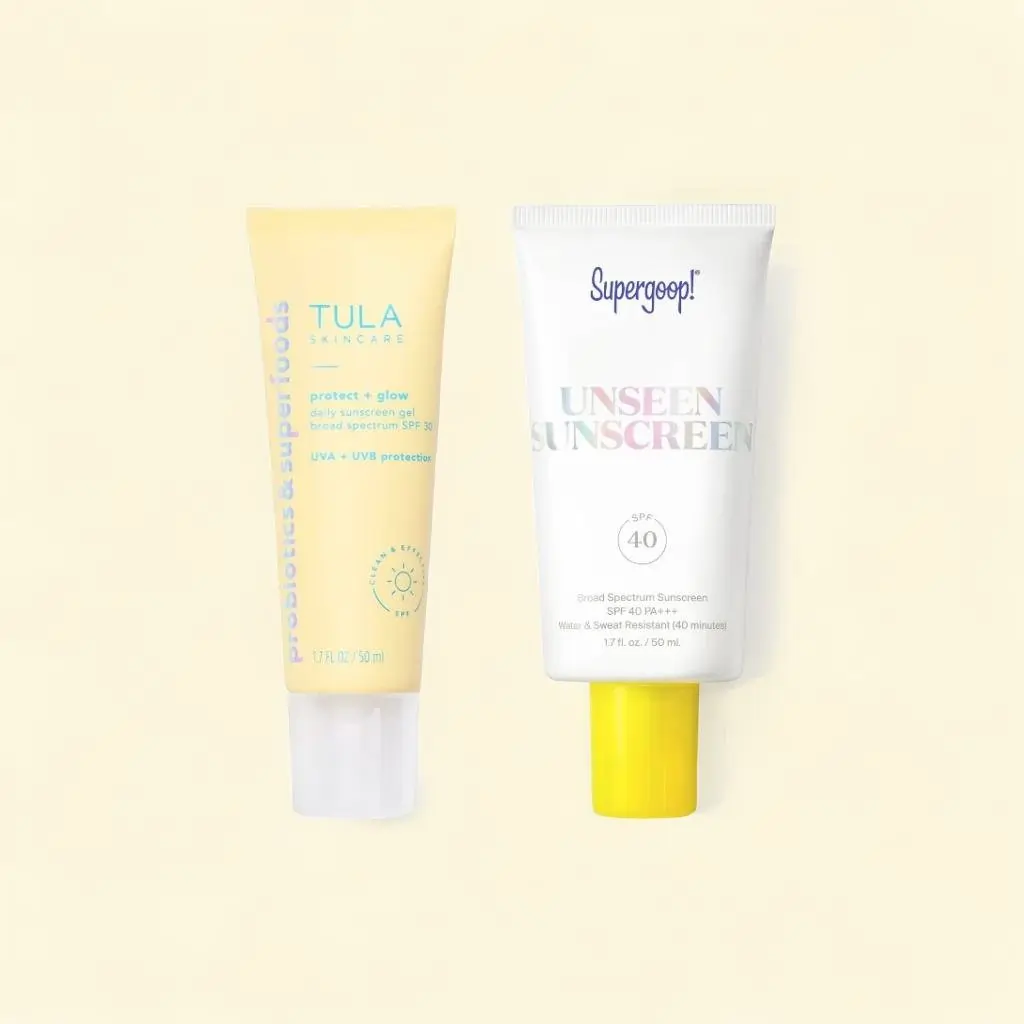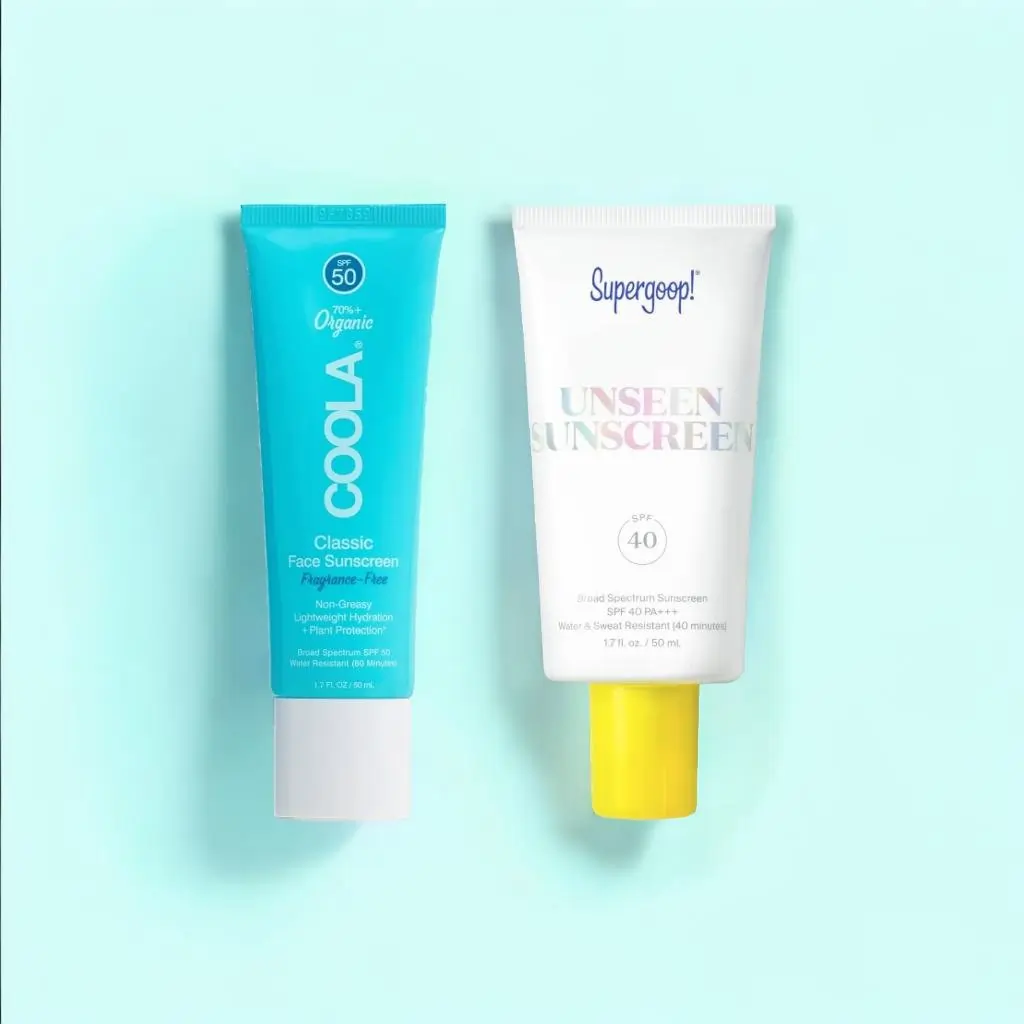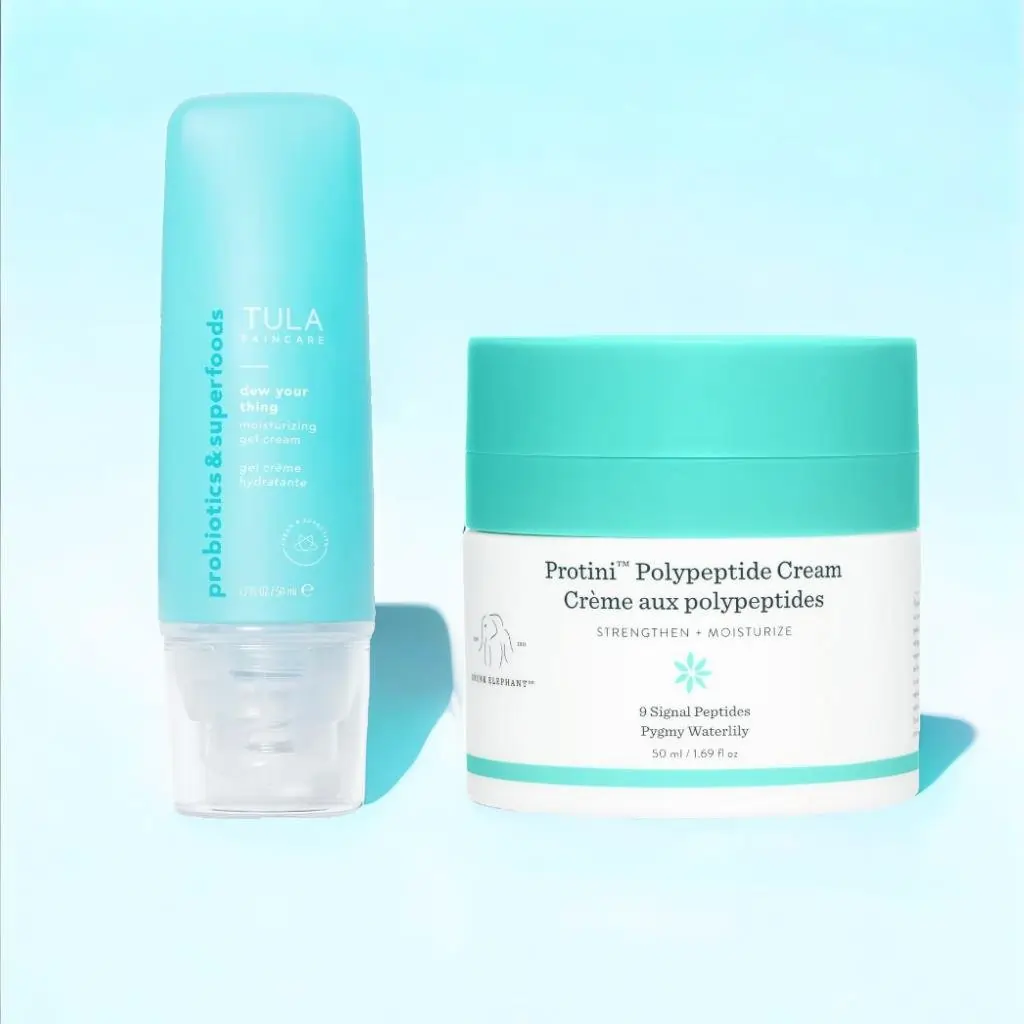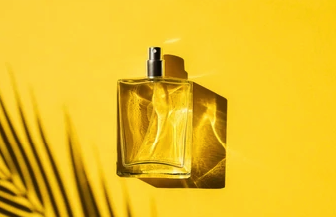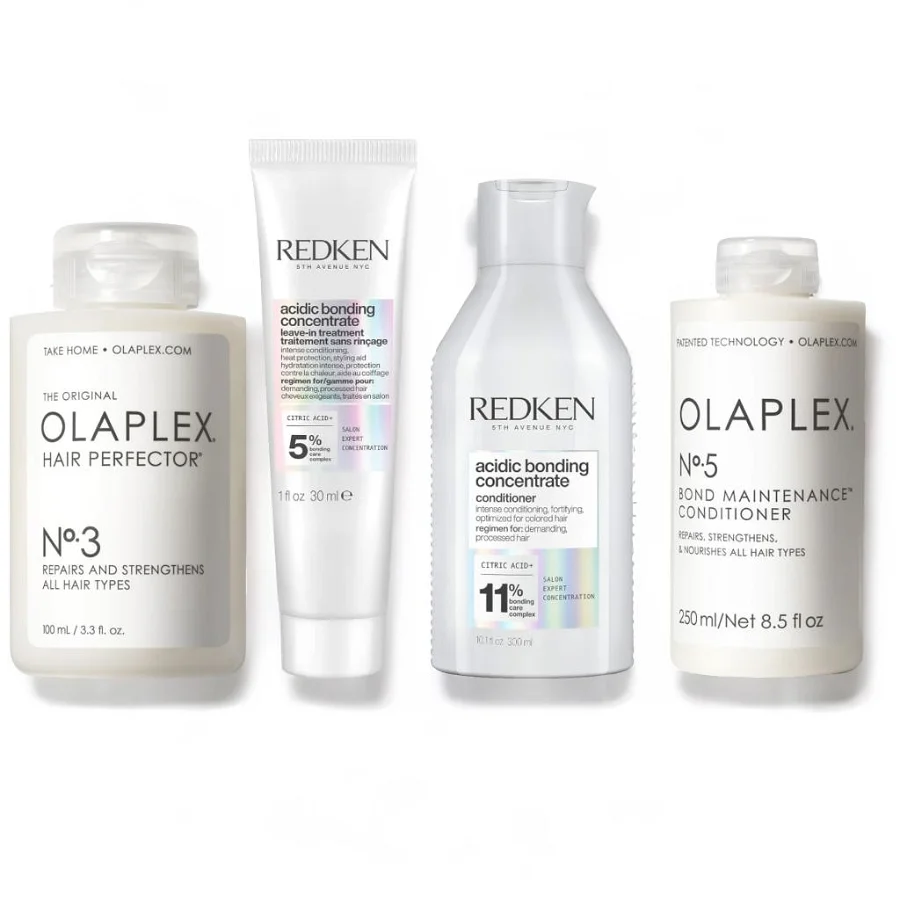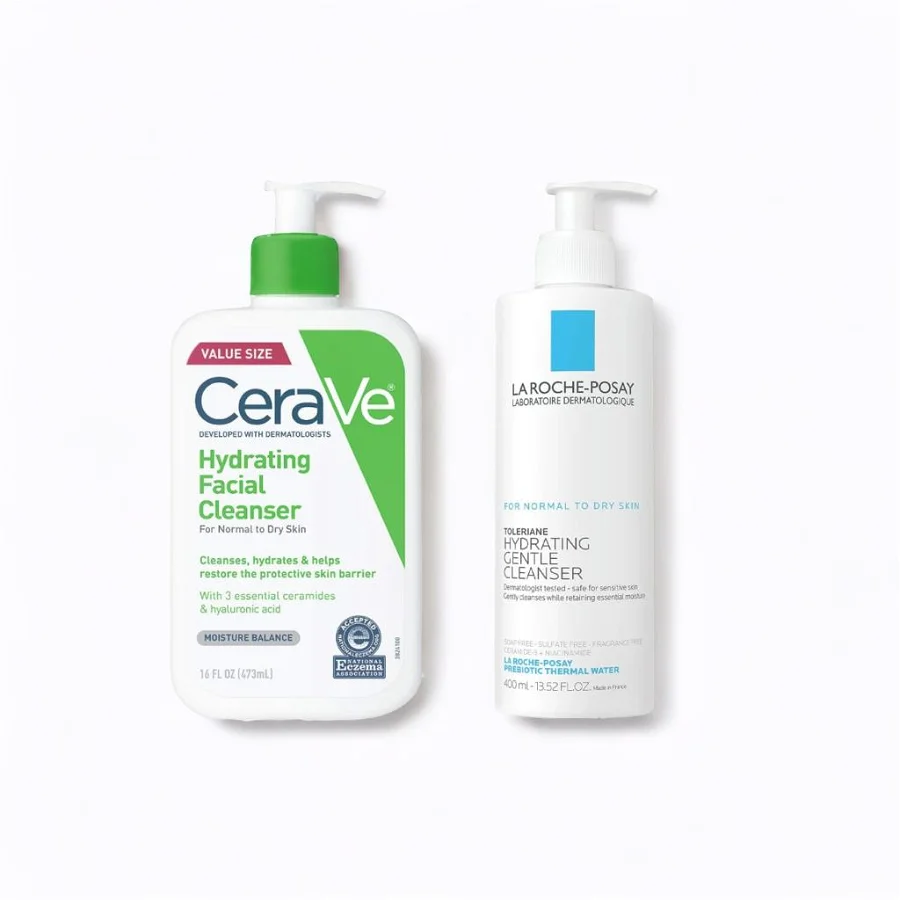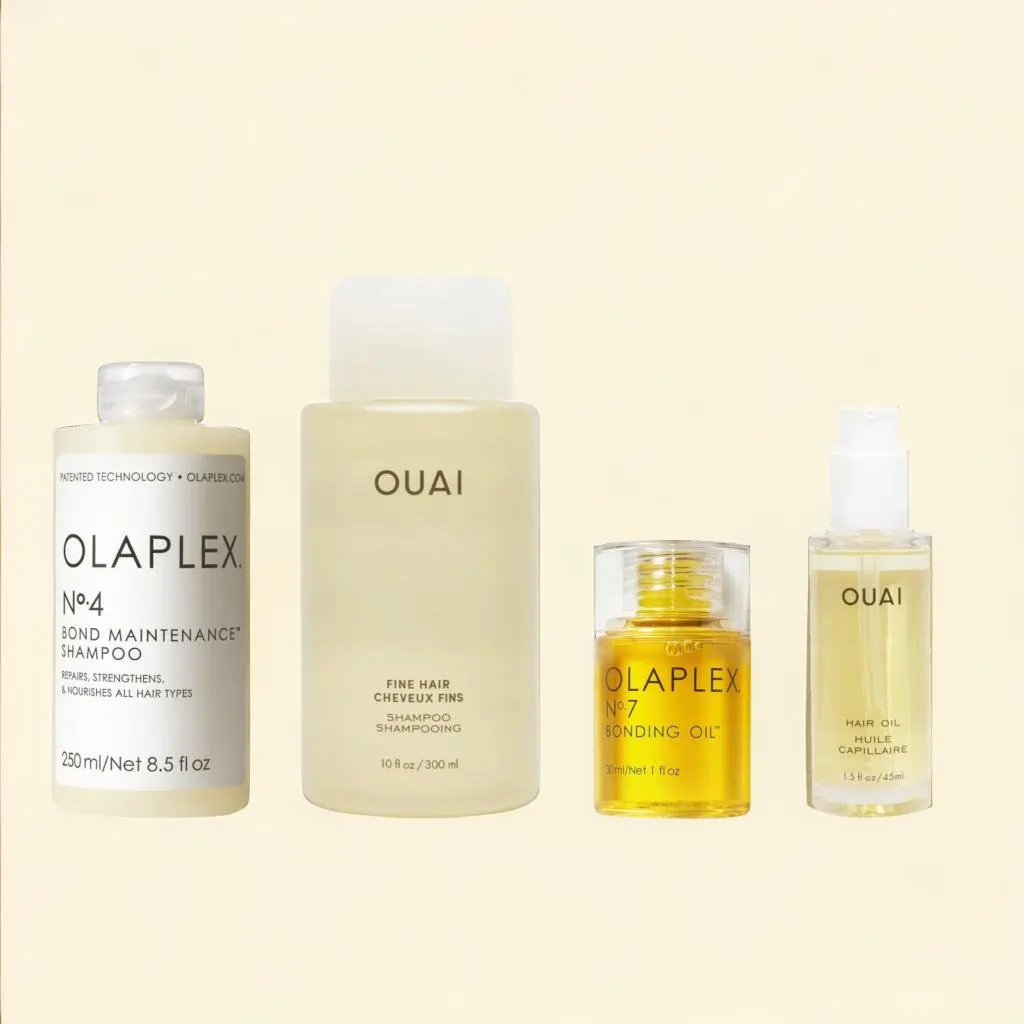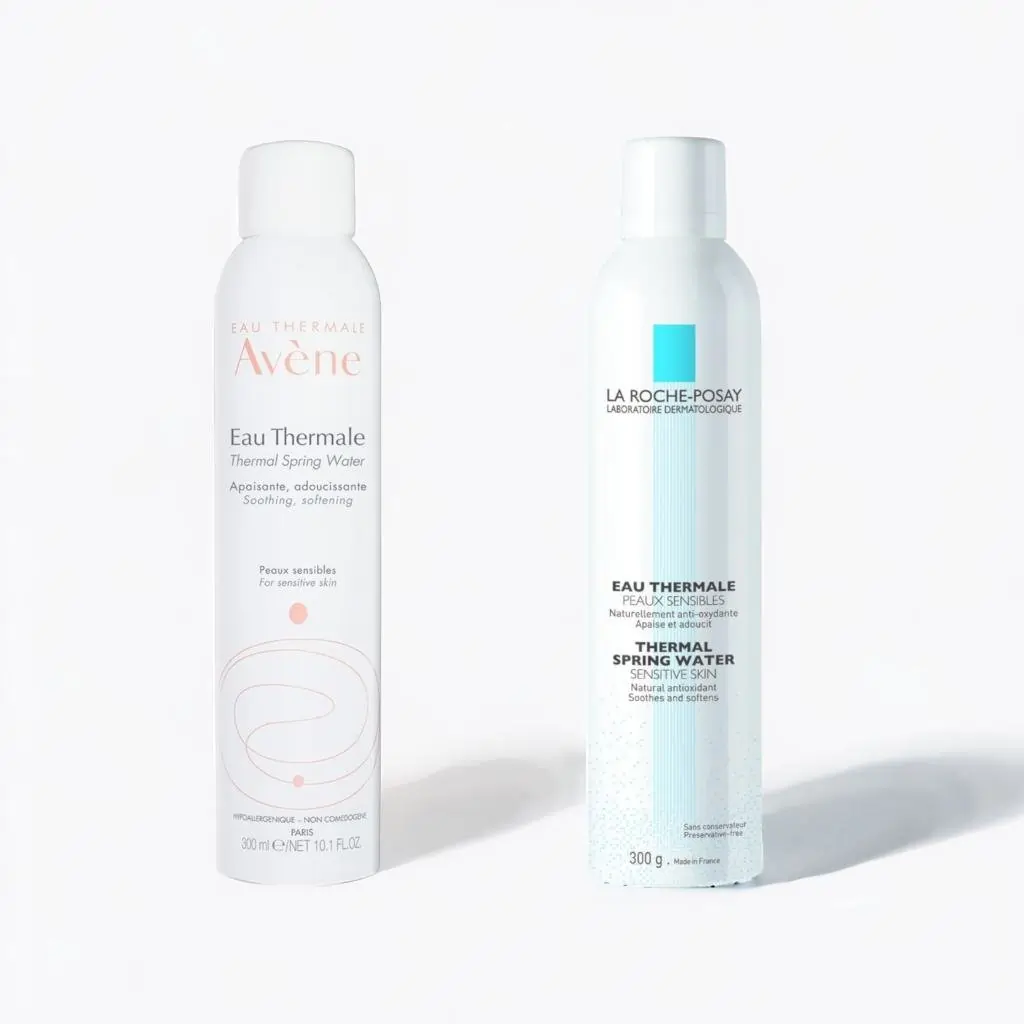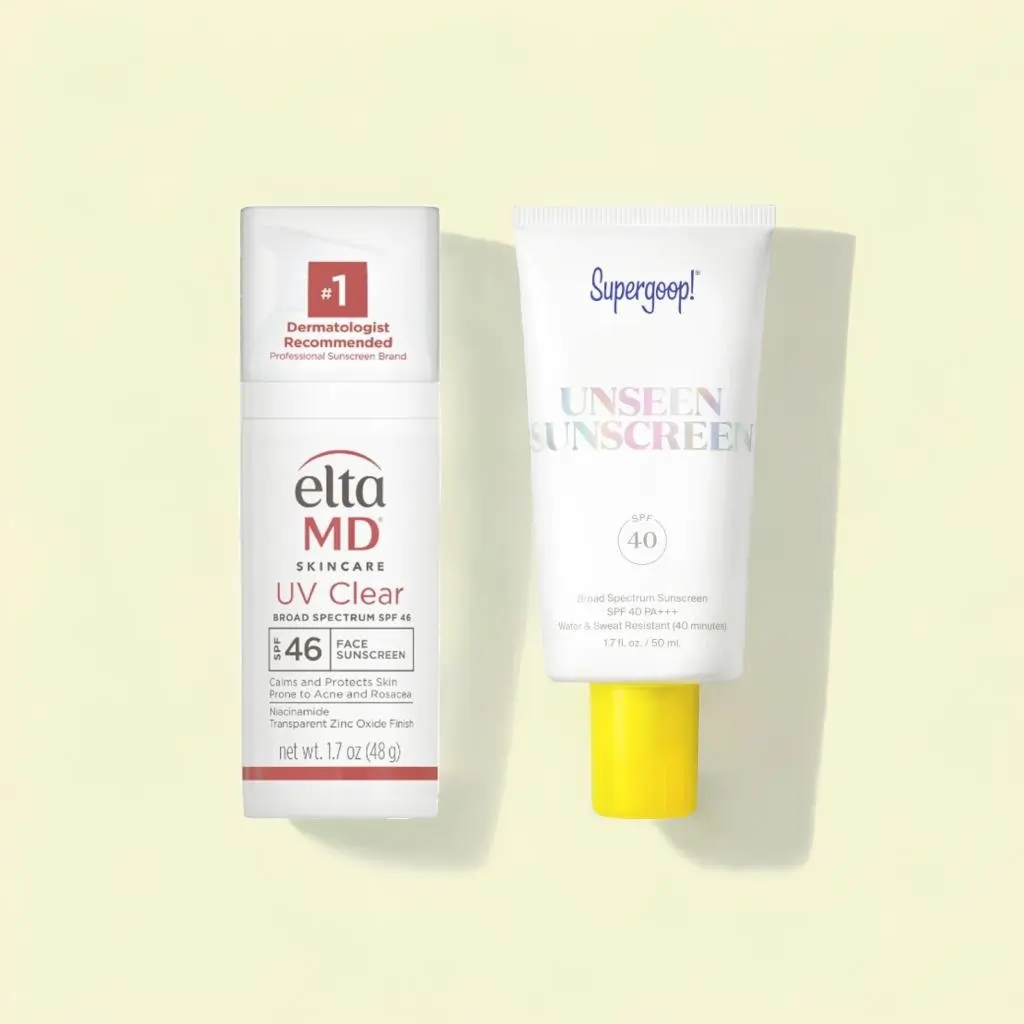
Stroll through the sunscreen aisle of your local beauty store and you’ll face a dizzying number of choices—two of the best brands that always stick out to us, though, are Tula and Supergoop.
We’ll be comparing their best-sellers side-by-side so you can see which would suit you and your skin the best. Enjoy!
Tula Protect & Glow vs Supergoop Unseen Sunscreen
When you take a closer look at the Tula Protect + Glow and Supergoop Unseen Sunscreen, it’s clear from the packaging that they are far more than just sunscreens, with both offering a bounty of skincare benefits (which we'll come back to later).
One thing worth noting off the bat, though, is the level of SPF in each of the two. While Supergoop offers an SPF 40 protection, Tula only offers SPF 30. While this may be suitable for most people (when used correctly and re-applied throughout the day), those with particularly vulnerable skin may prefer a higher level of protection.
One of the biggest differences between sunscreens is their formulation type (i.e., whether they’re a mineral-based or a chemical-based product) and that depends on the type of UV barriers they use. When it comes to the Supergoop Unseen Sunscreen, the formula is a ‘clean’ chemical-based product, using Avobenzone, Homosalate, Octisalate and Octocrylene as its active UV barriers.
In comparison, the Tula Protect + Glow Sunscreen is also a chemical-based formula, but with a slight variation in its active ingredients, containing just Avobenzone, Homosalate and Octisalate as its active UV barriers. This makes the formulas somewhat similar, and it’s worth knowing that all of these chemical UV filters are recognised as safe for use on the skin.
Harking back to the opening statement, it is actually their inactive ingredients that make them so popular.
When we take a look at Supergoop’s ingredients, two of the main ingredients present are Frankincense and a Meadowfoam Seed-derived complex. Frankincense is known to help improve skin elasticity and improve tone when used in an external product and has also been shown to have anti-inflammatory properties. Perhaps less commonly heard of, meadowfoam seed oil has emollient properties, meaning it helps to seal moisture into the skin, maintaining hydration. This makes this formula hydrating and gentle.
Tula’s Protect + Glow features various probiotic extracts, pineapple and papaya, and wild butterfly ginger root to enhance its performance. Pineapple is commonly used within the skincare industry for its enzymes, which help to promote an even skin tone, and papaya does the same, making this formula great for anyone with blemish-prone or unevenly toned skin.
Probiotic extracts further aid this by helping to calm the skin, and help to ease any signs of irritation, which is particularly helpful for sensitive skin. And finally, the slightly rarer wild butterfly ginger root claims to offer protection from blue light (emitted by computer screens) as well as pollution. The addition of this ingredient makes it ideal for everyday use as it protects your skin from other everyday encounters, aside from UV.
Both of these sunscreens boast highly competitive formulas, and actually come in at incredibly similar price points per fluid ounce. With both products also boasting a healthy cult-following of pleased customers, it can be difficult to decide which is better. However, due to its impressive suitability for everyday use, we think the Tula Protect + Glow is the best all-rounder, as it provides additional protection from blue light and pollution, helping to improve your skin even further.
Pros
Blue light protection
Cons
Only SPF 30
What makes it special? This broad spectrum sunscreen provides skin with daily SPF 30, as well as protection from the damaging effects of pollution & blue light—a must have for indoors & outdoors. A non-comedogenic formula with skincare-first ingredients like probiotic extracts, pineapple & papaya, this year-round essential won’t clog pores or leave a white cast. Encapsulated technology breaks into a beautiful, non-greasy gel texture upon application & leaves a gorgeous glow that wears well under makeup or on its own. It’s not just sunscreen—it’s skincare.

Supergoop! Unseen Sunscreen
The original, totally invisible, weightless, scentless sunscreen with SPF 40 that leaves a velvety finish.
Pros
Higher SPF 40
Cons
No blue light protection
What makes it special? This innovative, antioxidant-rich multitasker has a unique oil-free formula that glides onto skin while providing broad spectrum SPF 40 protection. Use it as a makeup-gripping primer under foundation when you want a little more coverage, or on its own if you want a more natural look. It’s a totally game-changing way to wear sunscreen every day, and it will have you SPF-Obsessed.
